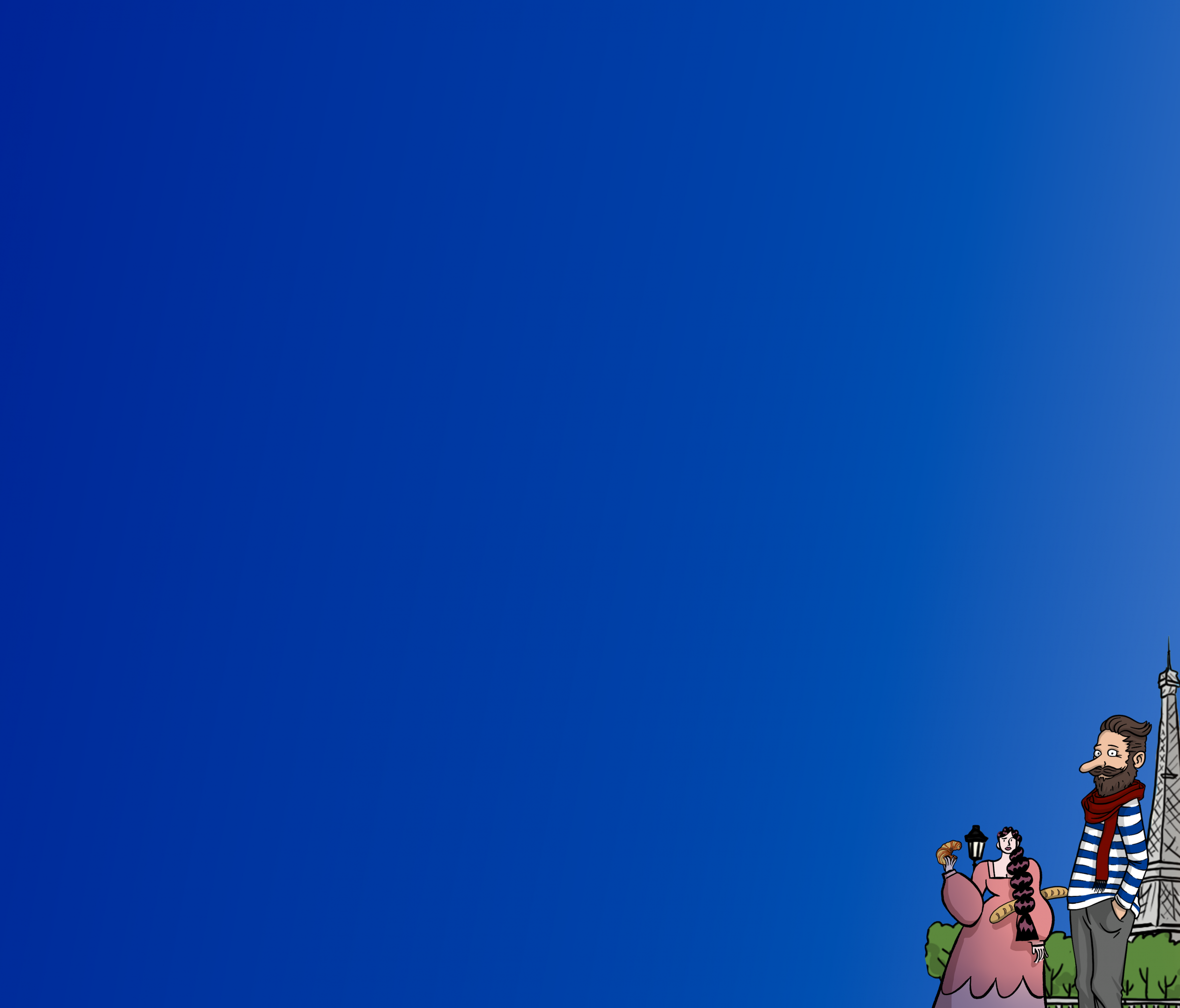Verbs ending in -aindre, -eindre or -oindre in the passé composé
Verbs ending in -AINDRE, -EINDRE, and -OINDRE, such as peindre (to paint), craindre (to fear), joindre (to join), etc., have past participles ending in -EINT, -OINT, -AINT. To create them, remove the -DRE and add -T (peindre → peint, craindre → craint, joindre → joint). They are conjugated in the passé composé in the following way :
peindre en
J'ai peint
Tu as peint
Il a peint/elle a peint
Nous avons peint
Vous avez peint
Ils ont peint/elles ont peint
Tu as peint
Il a peint/elle a peint
Nous avons peint
Vous avez peint
Ils ont peint/elles ont peint
craindre en
J'ai craint
Tu as craint
Il a craint/elle a craint
Nous avons craint
Vous avez craint
Ils ont craint/elles ont craint
Tu as craint
Il a craint/elle a craint
Nous avons craint
Vous avez craint
Ils ont craint/elles ont craint
joindre en
J'ai joint
Tu as joint
Il a joint/elle a joint
Nous avons joint
Vous avez joint
Ils ont joint/elles ont joint
Tu as joint
Il a joint/elle a joint
Nous avons joint
Vous avez joint
Ils ont joint/elles ont joint
Van Gogh a peint de magnifiques tableaux. Van Gogh painted some magnificent paintings.

Still having trouble with 'Verbs ending in -aindre, -eindre or -oindre in the passé composé'? Master the rules of French grammar and improve your French level thanks to our online French lessons Frantastique. We're offering a 7-day free trial, so what are you waiting for?
What our users say:
Looking to improve French for beginners? Frantastique provides effective and fun training!
Tips for learning 'Verbs ending in -aindre, -eindre or -oindre in the passé composé'? Share them with us!

